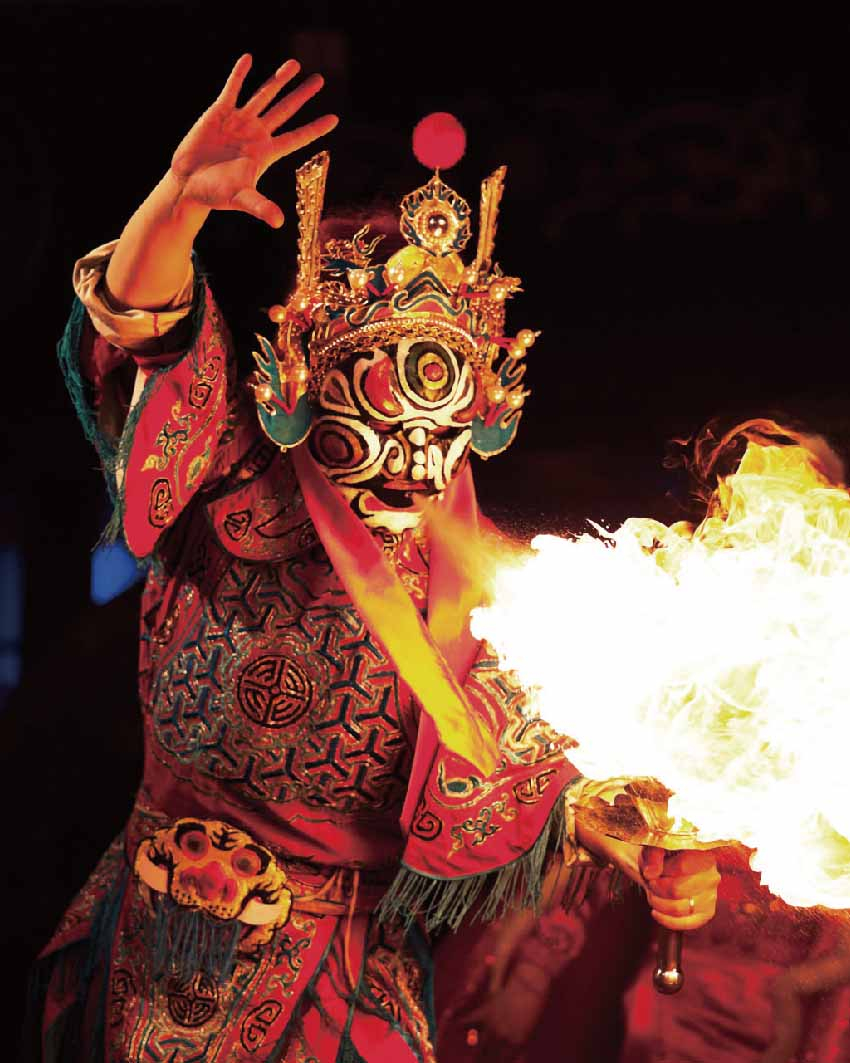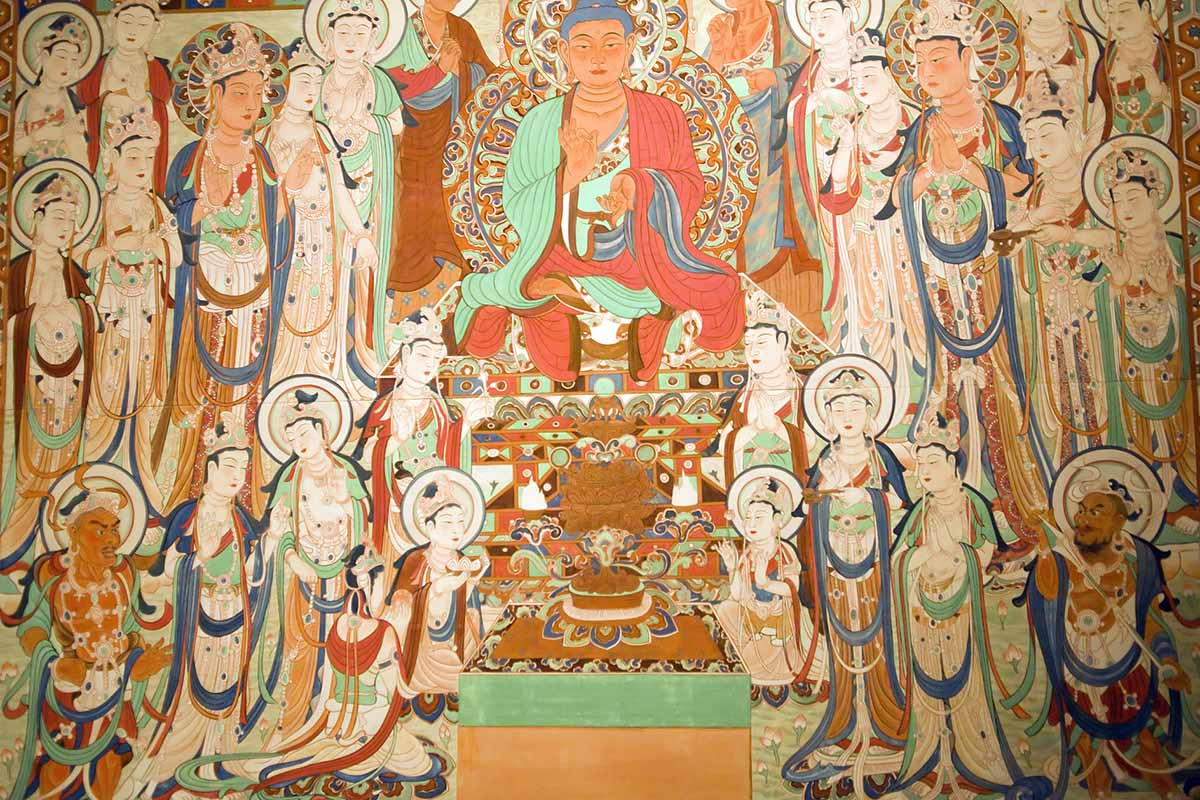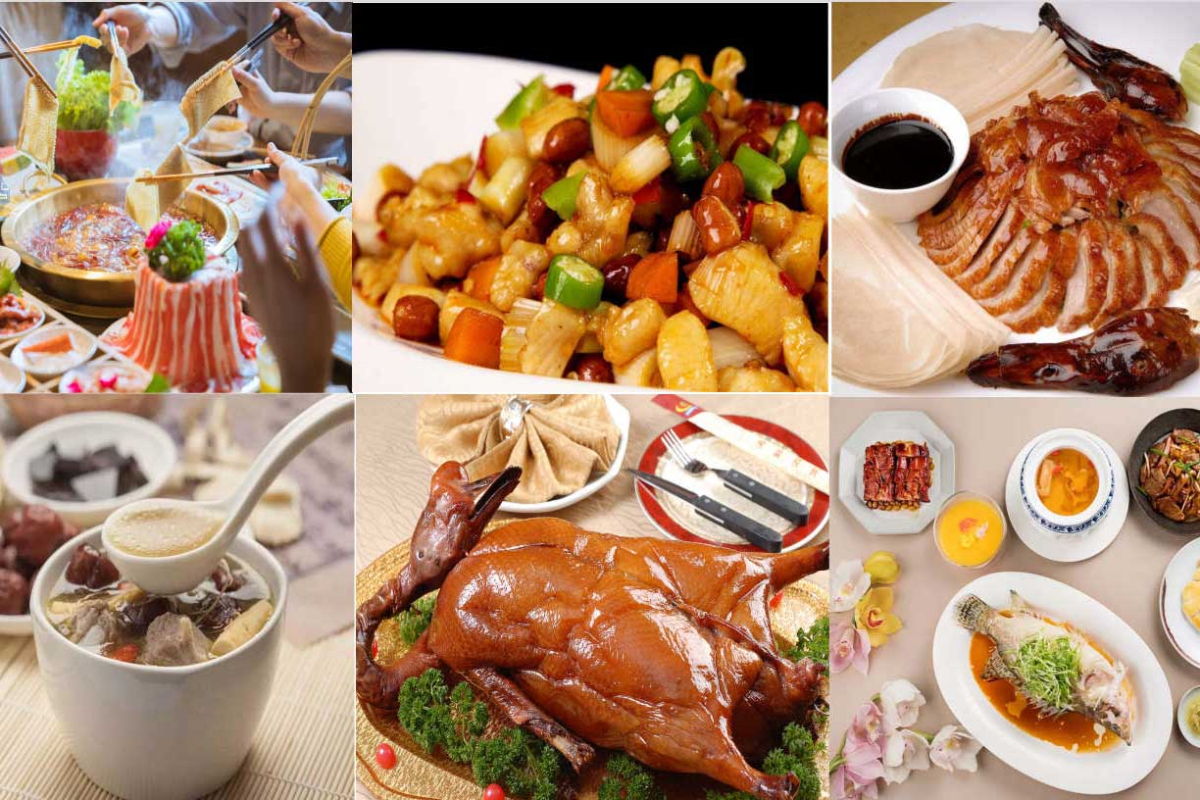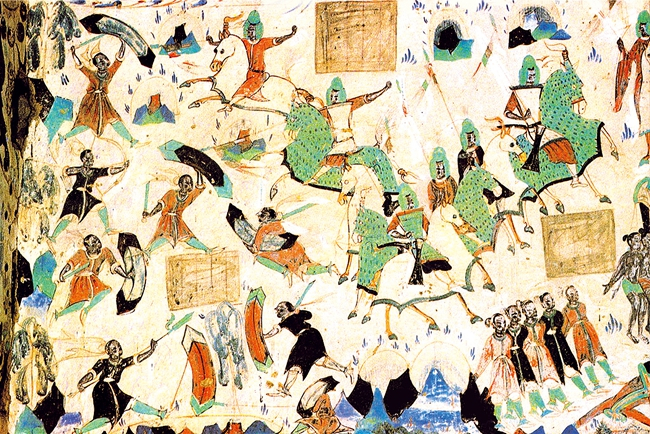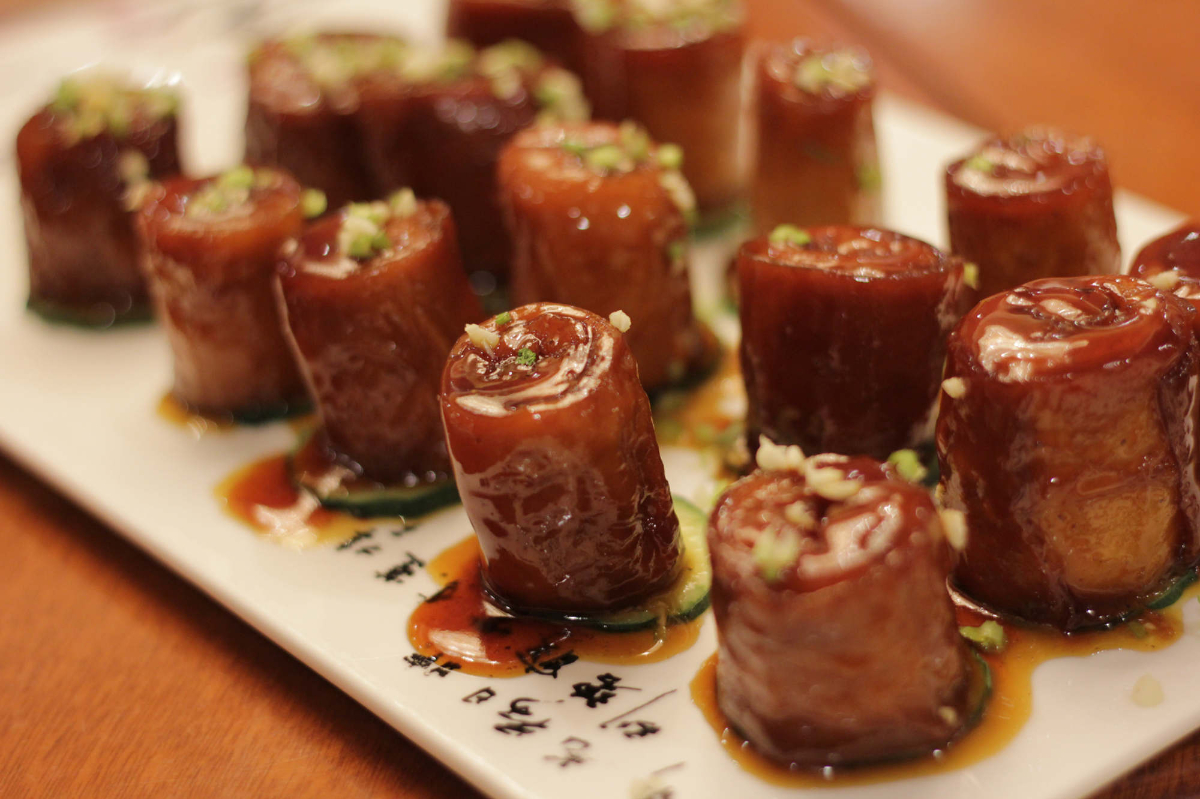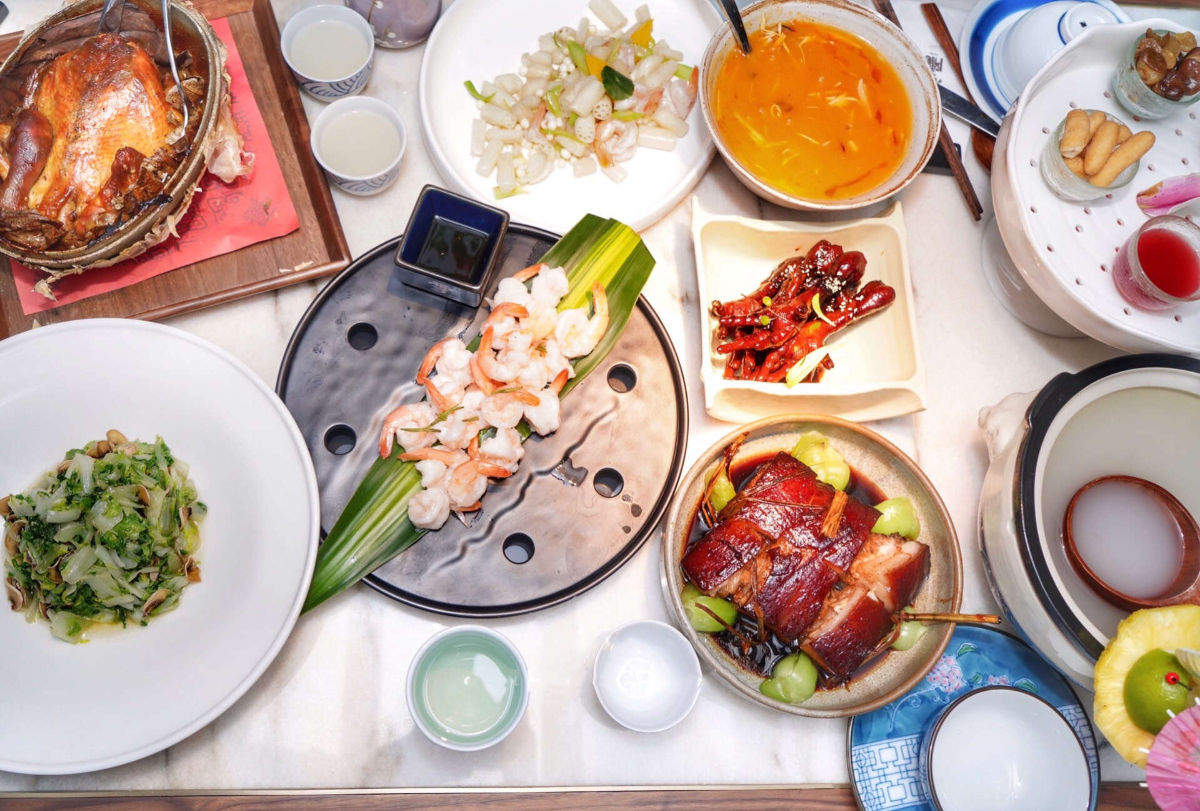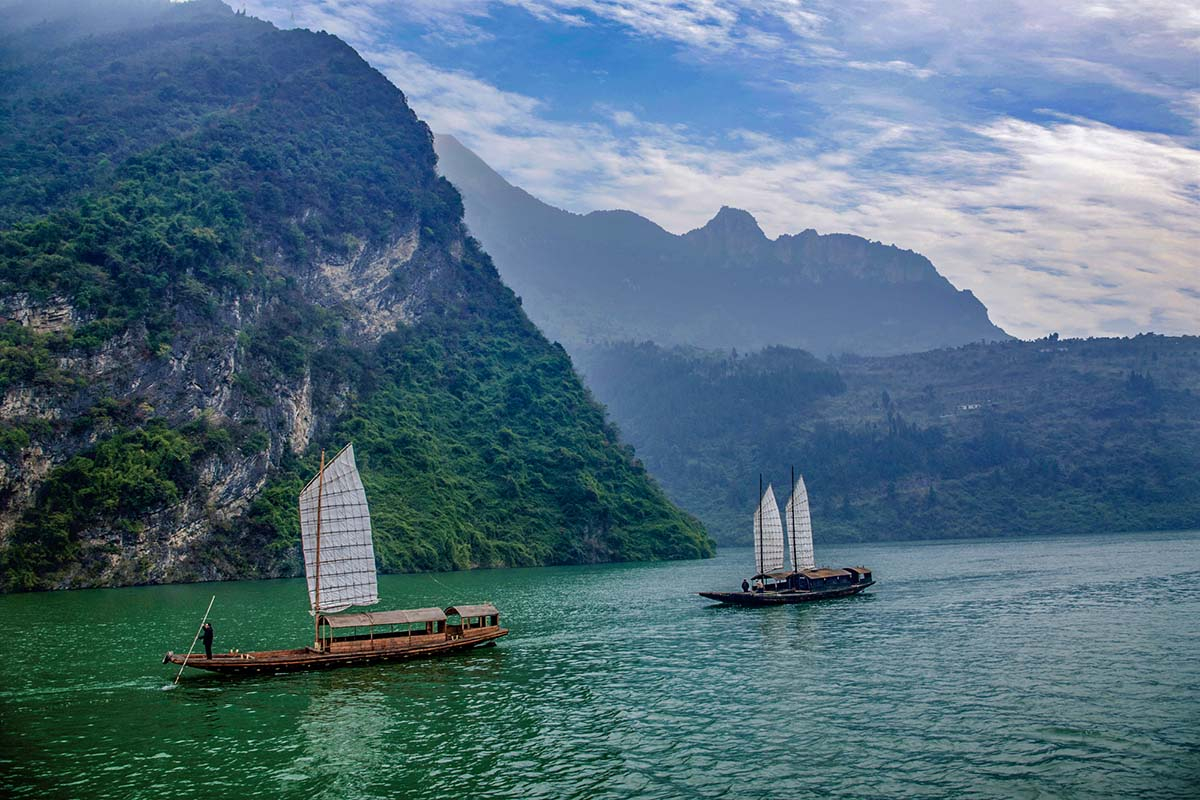Chinese Culture-Peking Opera
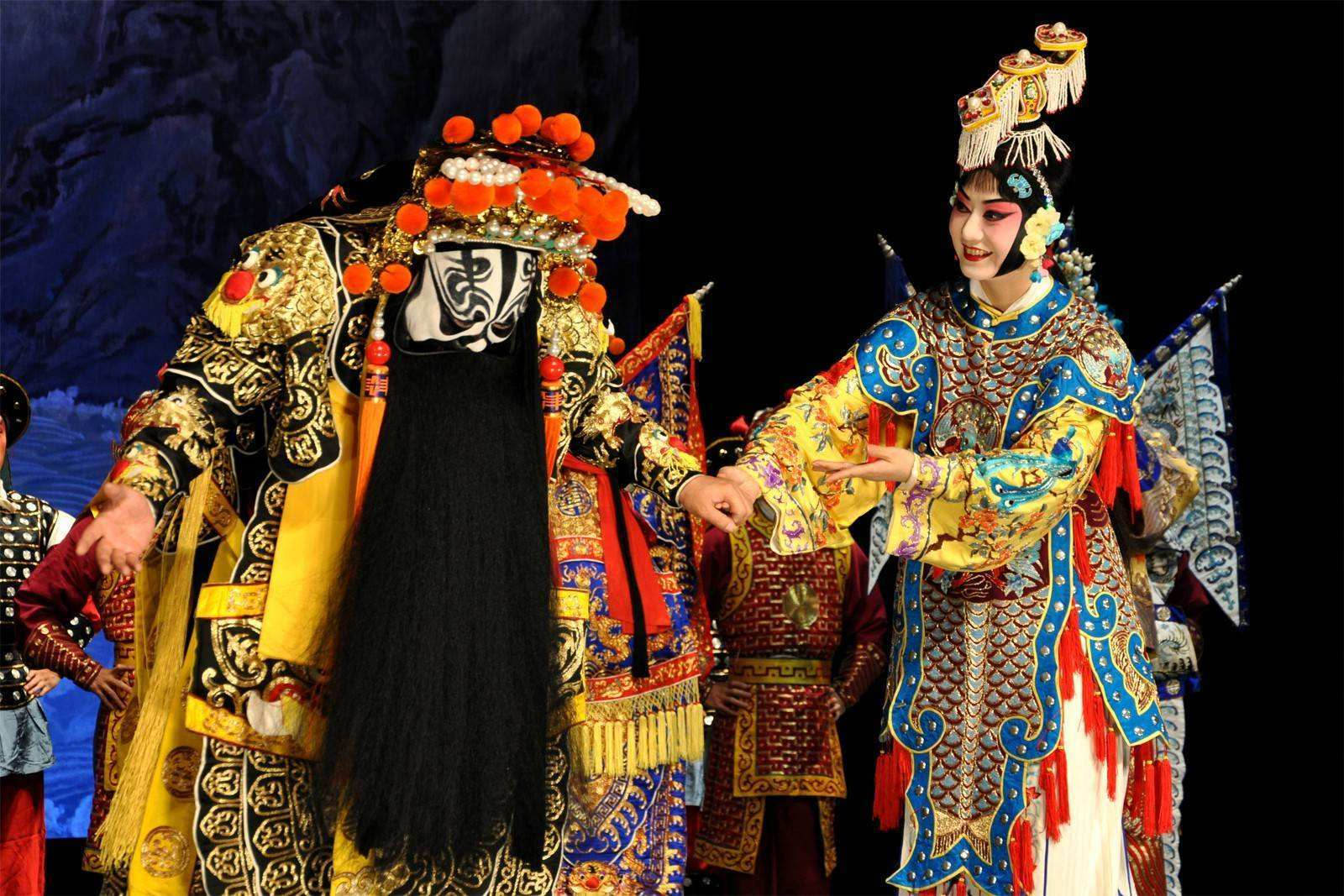
Peking opera, or Beijing opera (Chinese: 京剧), is the most dominant form of Chinese opera which combines music, vocal performance, mime, dance and acrobatics. It arose in Beijing in the mid-Qing dynasty (1636–1912) and became fully developed and recognized by the mid-19th century. The form was extremely popular in the Qing court and has come to be regarded as one of the cultural treasures of China. Major performance troupes are based in Beijing, Tianjin and Shanghai. The art form is also preserved in Taiwan, where it is also known as National opera (Chinese: 国剧). It has also spread to other regions such as the United States and Japan.
● The History of Peking Opera
Peking opera, also referred to as Pingju or Jingxi in Chinese, is currently the most influential opera in China. It was born when the “Four Great Anhui Troupes” brought Anhui opera, or what is now called Huiju, in 1790 to Beijing, for the eightieth birthday of the Qianlong Emperor on September 25. It was originally staged for the court and was only made available to the public later. In 1828, several famous Hubei troupes arrived in Beijing and performed jointly with Anhui troupes. The combination gradually formed Peking opera's melodies.
Peking opera is generally regarded as having fully formed by 1845. Although it is called Peking opera (Beijing theatre style), its origins are in the southern Anhui and eastern Hubei, which share the same dialect of Xiajiang Mandarin (Lower Yangtze Mandarin).
Peking opera's two main melodies, Xipi and Erhuang, derived from Han Opera after about 1750. The tune of Peking opera is extremely similar to that of Han opera, therefore Han opera is widely known as the Mother of Peking opera. Xipi literally means shadow play, referring to the puppet show that originated in Shaanxi province. Chinese puppet shows always involve singing. Much dialogue is also carried out in an archaic form of Mandarin Chinese, of which the Zhongyuan Mandarin dialects of Henan and Shaanxi are closest. This form of Mandarin is recorded in the book Zhongyuan Yinyun. It also absorbed music from other operas and local Zhili musical art forms. Some scholars believe that the Xipi musical form derived from the historic Qinqiang, while many conventions of staging, performance elements, and aesthetic principles were retained from Kunqu, the form that preceded it as court art.
Today, Peking opera is regarded as one of the cultural treasures of China and has also spread to other countries. It serves as a bridge through which the traditional Chinese culture is introduced to other parts of the world.
● Roles In Peking Opera
Peking Opera has four categories of roles. All are character types, emphasized by makeup, costumes and specific gestures and facial expressions. Within these four roles, some specific subtypes appear in civil plays while others appear in martial plays.
Because of the many skills involved, Peking Opera artists work for years to perfect their art, undergoing long periods of training and apprenticeship before they begin performing. And they tend to train for specific roles, because each role requires a different way of singing. Some are done in a low, natural register. But others are performed in very high, shrill tones. For people attending a Peking Opera performance for the first time, these shrill tones can be surprising and a bit unnerving.
Sheng
It's a common name of male characters and composed of Lao Sheng and Xiao Sheng. Lao Sheng refers to the middle-aged man with a beard who acts as the decency figure; for example, Zhugeliang in 'Empty City Scheme'. Xiao Sheng means young man without a beard. Zhangsheng in 'The Story of the West Room' is a representative of Xiao Sheng.
Dan
The general name for female characters can be divided into Zhengdan, Huadan, Laodan, Wudan. Zhengdan is also called 'Qingyi', who mainly plays the part of the strong-minded middle-aged woman who behaves elegantly. Huadan refers to little girls who often live in the bottom of society. Laodan refers to the senior woman and Wudan indicates the female who is good at fighting.
Jing
Painted face often refers to male characters with unique appearance or personality, such as Baozheng and Caocao. Besides, Chou is a comic role or villainous character or righteous person. The actor's nose is painted by a piece of white powder, making him or her easily recognizable.
Chou
The Chou is a male clown role. The Chou usually plays secondary roles in a troupe. Chou has the meaning “ugly” in Chinese. This reflects the traditional belief that the clown’s combination of ugliness and laughter could drive away evil spirits. Chou roles can be divided into Wen Chou, civilian roles such as merchants and jailers, and Wu Chou, minor military roles.
● Peking Opera Make-up and Costumes
Peking Opera dressing room Chinese actors decorate their face with paints made from oil and egg white. Some traditional Chinese actors have a cross-eyed face painted on their face with a mouth that lines up with the actor's eyes The face talks when the actor opens and closes his eyes. According to legend the tradition of face painting dates back to the 6th century B.C. when a famous warrior prince decided to paint his face to hide what he thought were his effeminate features. Among warriors face painting is supposed to imbue its wearer with strength and even magical powers.
In Peking Opera, clowns wear white patches of make-up around their eyes and nose. Warriors known as qing often have elaborate designs on their faces with symbolic value. Good guys generally had simple designs while the bad guys had more complex ones. Mask are only worn for animals such as a tiger, wolf or pig.
Costumes’such as ceremonial robes with dragon designs associated with high officials and ornament-covered padded armor associated with military heros---are deigned to highlight an actors movements. Actors playing noblemen were a silk robe embroidered with phoenix, lotus and Buddhist knot designs. Later the costumes began to reflect contemporary fashions.
Both the old man and old woman types wear barely any make-up, only some lines around the eyes and the mouth. The young woman role types paint their faces first with matte white. Then deep red is added around the eyes, the nose and on the sides of the face. The deep red is graded with the white of the cheeks and the nose. This pinkish make-up, shaded with deep red and highlighted with white, indicates beauty and the glow of youth. The make-up of the youthful male character is also approximately similar.
The most spectacular types of make-up belong, as the name “pained face” already indicates, to the jing characters. In China the types of facial make-up have a history of at least over a thousand years. The early types of make-up were simple; the face was painted red, black etc. Over the centuries the make-up became more complex and reached its culmination in the hundreds of intriguing make-up designs of the Peking Opera's jing characters.


